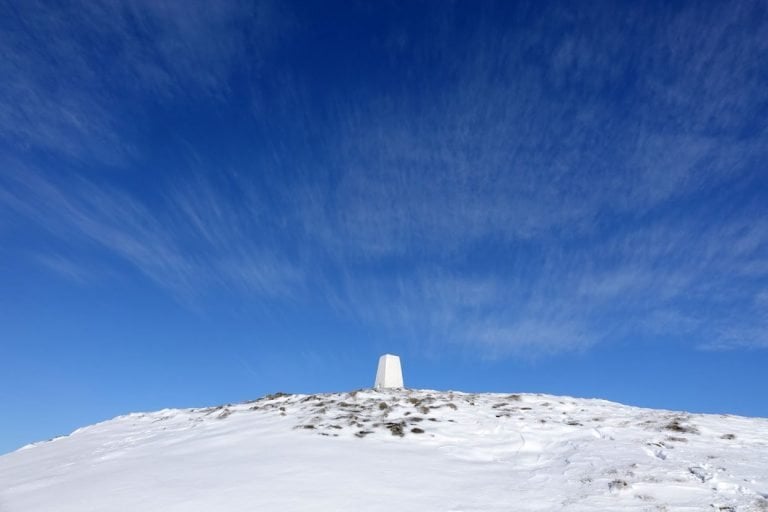We had been talking about visiting Stonehenge for years. It’s something that has always fascinated me and I haven’t been to see it since I was about ten years old. My family come from Wiltshire so we have been past it many, many times as I was growing up and I wanted my boys to see Stonehenge for themselves.
Stonehenge is one of the most well known ancient wonders of the world. It’s a 5,000 year old prehistoric stone monument found in Salisbury in Wiltshire, which is in the South West of the UK. It was built over time, about 800 years they estimate, from around 3100 BC to 1600 BC and it’s one of the most famous landmarks in England.
Stonehenge is now owned by the Crown and managed by English Heritage and the area of land surrounding it is looked after by the National Trust.

We booked our tickets online the night before we went. We are already members of English Heritage so we didn’t have to pay for our tickets but if you book online it’s better when you get there, if it’s busy, as you don’t have to queue for very long.
You can book a Stone Circle Experience if you want to get up close and personal with the stones. You will need to book for this and you will have 45 minutes to look around the stones. You can book to go there early in the morning or in the evening and will be accompanied by a knowledgeable host who can answer any questions that you have about the site. There is limited availability for this so don’t forget to book.
There’s an enormous car park on arrival and then you go and get your tickets at the visitors centre and then into the museum to have a look around and learn all about the history of the site and see the artefacts that have been found around Stonehenge.
After looking round the museum you can either walk for half an hour to the stones or get one of the many shuttle buses that leaves every ten minutes. We chose to walk and then after looking around we got the bus back.
There’s a wide pathway all the way around giving you an excellent 360 degree view of the Stones. There’s plenty of room for everyone and plenty of space to stop and take it all in and to take as many pictures as you would like.
It’s really quite thought provoking and humbling being around the stones. They are just so enormous and it’s just incredible to think of how they managed to get the stones into place and the design of them is fascinating.
The Building of Stonehenge
It is said to be a masterpiece of engineering of its time. It was built before the invention of the wheel and before metals had been discovered. It would have taken hundreds of people, with very simple tools and basic technology, to transport, place and sculpt the stones. It must have taken great planning and sheer determination.
Stonehenge is made up of two main types of stones, large Sarsens and smaller Bluestones. The Sarsens stones were put on the outside of the circle and the bluestones can be found in the middle in a double arc.
The Bluestones were thought to have come from the Welsh town of Maenclochog and moved somehow to Wiltshire. There is so much speculation on simply how they accomplished this in such a primitage age.
The Bluestones are apparently thought to possess some acoustic and healing properties and were known as “ringing rocks”. Maenclochog, where the stones were thought to have come from, means “ringing stones” or “Bell” . It is thought that might be one of the reasons why they were brought all that way from Wales to Wiltshire for their musical properties.
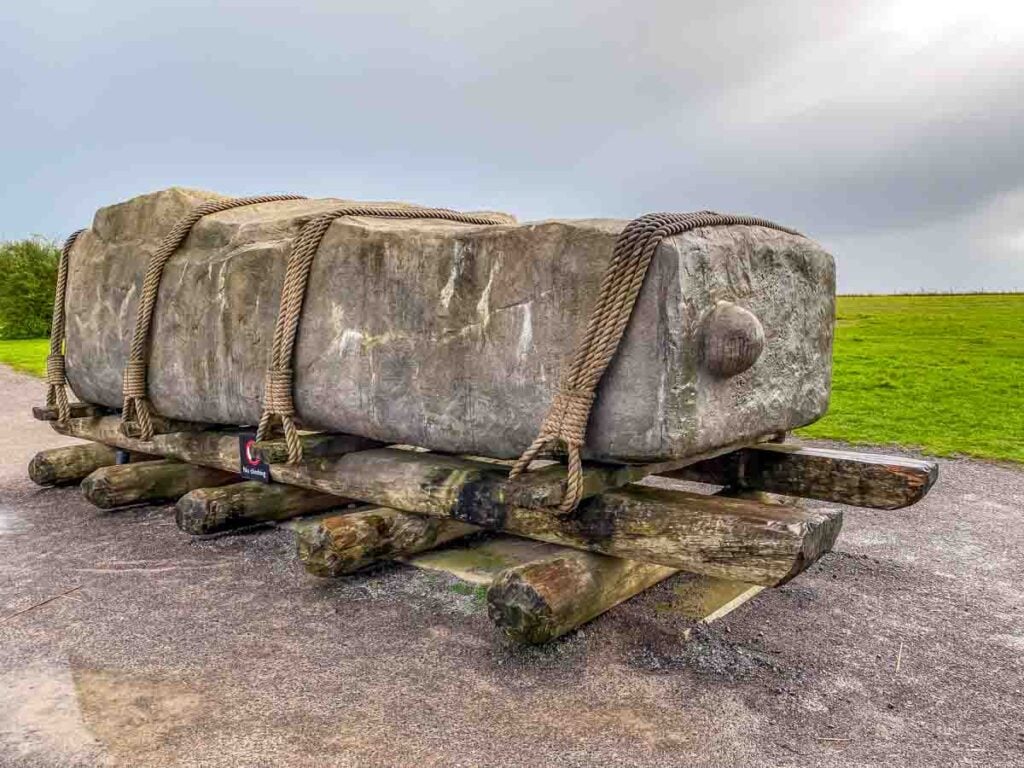
The main Sarsons stones were thought to have been erected first at 3100 BC and then the bluestones were added about 2-300 years later.
There are around 350 burial mounds around Stonehenge and nearby you can see other Neolithic and Bronze Age monuments such as Stonehenge Avenue, The Curcus , Woodhenge and Durrington Walls.
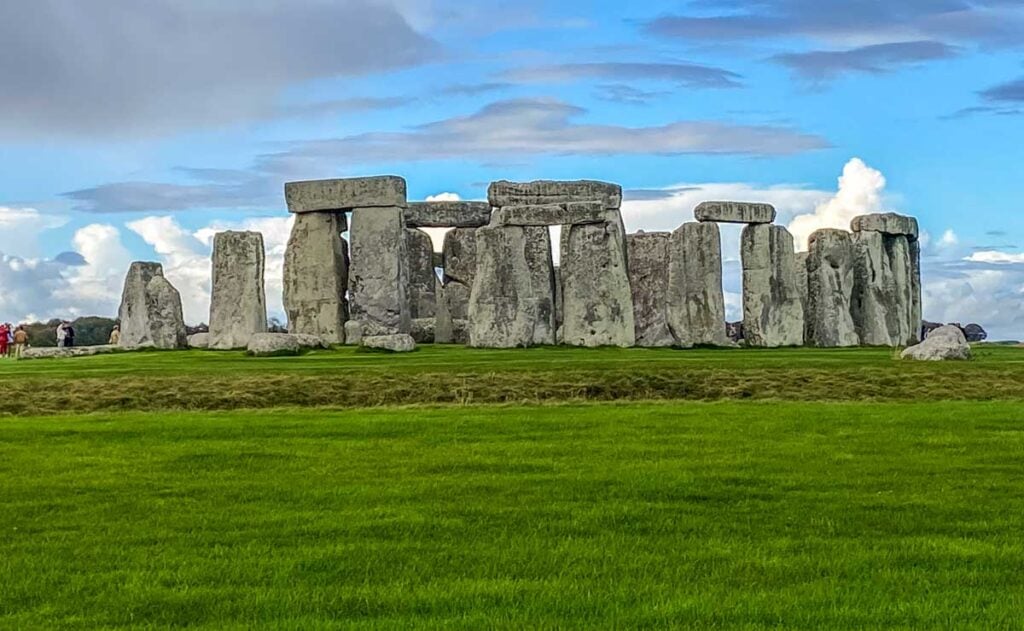
The Purpose of Stonehenge
Historians are always debating the purpose of Stonehenge, what was its meaning? and why was it built in the way that it was?
We do know that the stones align with the movements of the sun, so thoughts are that it was maybe a calendar or something astronomical.
In 2013 they discovered over 50,000 cremated bones at the site which makes them believe that the site was actually a burial ground. The bones are said to belong to 63 men, women and children and are dated back to as far as 3000 BC. As the bones are dated before the stones were erected it is thought maybe the stones may have been a remembrance temple.
The Victorians thought that it may have been a Druid temple. Other theories were that it was Mother Earth’s birthplace for plants and animals or that it was built by Aliens as a landing place for spaceships !!

Summer and Winter Solstice and Druids
Each year thousands of people gather at Stonehenge from far and wide, to celebrate the Summer and Winter Solstices. Druids, Pagans, tourists and locals all come together to welcome in the new season.
What is a Druid? In the past a druid was a person who was said to be a priest or a healer. Druids today believe that life is centered around nature and spirituality. They believe that the spiritual way is found in nature and all things are interconnected.
There are rituals and ceremonies at Stonehenge during the Winter and Summer Solstice. Some druids celebrate eight festivals a year which include four solar festivals, the two solstices and the two equinoxes. The solstice represents the circle of life and death and rebirth. Traditionally prayers are said and food and drink are shared in celebration, drums are beaten and there is often chanting, singing and cheering as the sun rises or sets.
Stonehenge was thought to have been created to mark the winter and summer solstice. In the summer solstice the sun will rise behind the Heel Stone and at the winter solstice the sun sets between the gap of the Trilithon stones. Huge feasts were said to have originally been held at the site during the winter solstice as excavations have found evidence of pig and cattle bones.
The changing of the season was a really important time to the farmers who helped to build and design Stonehenge. The seasons marked when the crops would change and some believe that Stonehenge was seen as a calendar for this.
Woodhenge

Woodhenge is a timber structure in Amesbury which was built to align with the mid-winter and mid-summer solstice.
It is marked today with colourful stumps that have been put in where the timber would have been placed. It’s a free site to enter and there is a board with information on if you’d like to know more.

The Stonehenge Stones
The stones at Stonehenge consist of an outer ring of Sarsen stones standing vertically, these are joined at the top with horizontal lintel stones. The inside is made up of smaller bluestones and then at the very centre are two Trilithons ( two upright stones with a flat lintel stone across the top connecting them) .
The stones are aligned to the sunrise at the Summer Solstice and Sunset at the Winter Solstice. They are surrounded by Neolithic and Bronze age burial grounds.
The Heel Stone

This is a large, pointed, boulder shaped rock that stands away from the circle of stones. It weighs about 36 tonnes. It is said that the Heel Stone is at the point on the horizon where the sunrise appears at the Summer Solstice, when you are looking at it from the middle of the circle of Stonehenge.
The Lintels
The Lintels form the outer circle of the monument. There are only 6 left now but they originally went all the way around forming a circle of 30 metres in diameter.
The Station Stones
There are two station stones left but originally there were four of them. They would have formed a perfect rectangle which is exactly at the centre of Stonehenge.
The Slaughter Stone
This got its name in the Victorian era. It was once horizontal and stood at the entrance to the monument with other stones that are now missing. The stone seems to have got its name from rain water that collects on the top of the horizontal stone. This water turns a red colour due to the iron in the stone and this may have led to the name of the stone.
The Sarsen Stones
The Sarsen stones make up the outer circle. There were 30 of them. They are thought to have originated from the Marlborough Downs which is about 20 miles from Stonehenge.
Stone 68
80 bluestones were moved to Stonehenge from Wales. Stone 68 is grooved in a very elegant way and was thought to be part of a pair. It is not really known why the stones were grooved.
Stone 53
Stone 53 is one of the trilithon upright stones and was found to have a dagger and axe blades carved into it which they think may have been done in the Bronze age around 1750 and 1500 BC.
Stone 60
Stone 60 was part of a trilithon and has a large hole at the bottom. It was thought this was for people to take shelter under if the weather was bad. In 1959 this hole was filled in as part of the restorations.
Altar Stone
This is a rock made of greenish old red sandstone. It got its name as it looked like an altar slab as it was found lying horizontal on the ground.

Who was Cecil Chubb?
Cecil Chubb was an important figure in Stonehenge’s history, as it was after he donated the land to the Nation in 1918 that restoration began and they were able to excavate the site. It went from a neglected site to a site of historical importance.
The land did belong to the Atrobus family who put it up for auction in 1915. They had owned it since the beginning of the 1800s but after the heir to the estate was sadly killed in the First World War, the estate was divided up and put up for auction.
Apparently, according to stories told, Cecil Chubb went to the action to buy a new set of dining chairs for his wife and ended up buying Stonehenge as a gift for her instead. I don’t know what she made of that !! He bought the 30 acres of land for £6,600.
Cecil told a reporter there that he wanted the stones to remain locally owned and wanted to protect their heritage. Cecil was born in Shrewton which was a local village close to Stonehenge. He studied Science and Law at Christ’s College Cambridge and became a barrister.
Three years after the action Cecil donated the site to the Nation in 1918 for which he received a Knighthood and his coat of arms feature a trilithon from Stonehenge.
After it was donated to the Nation, work was underway to restore the monument and open the site up properly to the public.

Restoration work on the Stones
In 1893 Stonehenge was in a bad state and collapsing. In 1900 two stones fell and some leaning stones were straightened in 1901. They cordoned off the site and began to charge admission so that they could raise some money to restore the stones. They were using wooden poles to prop up the stones.
In 1919 they started to really look at restoring Stonehenge. The stones were straightened and reset in concrete. Col William Hawley also started to excavate the site and in 1920 they started to take down the old buildings surrounding the site, such as the aerodrome.
In 1927 a national appeal raised lots of money to buy the surrounding land and this in turn was given to the National Trust to look after.
In the 1950s and 60s they restored the stones to the way they are today and a thilithon that had fallen was replaced.
In 2013 the A344 road was removed and new visitor facilities were built.
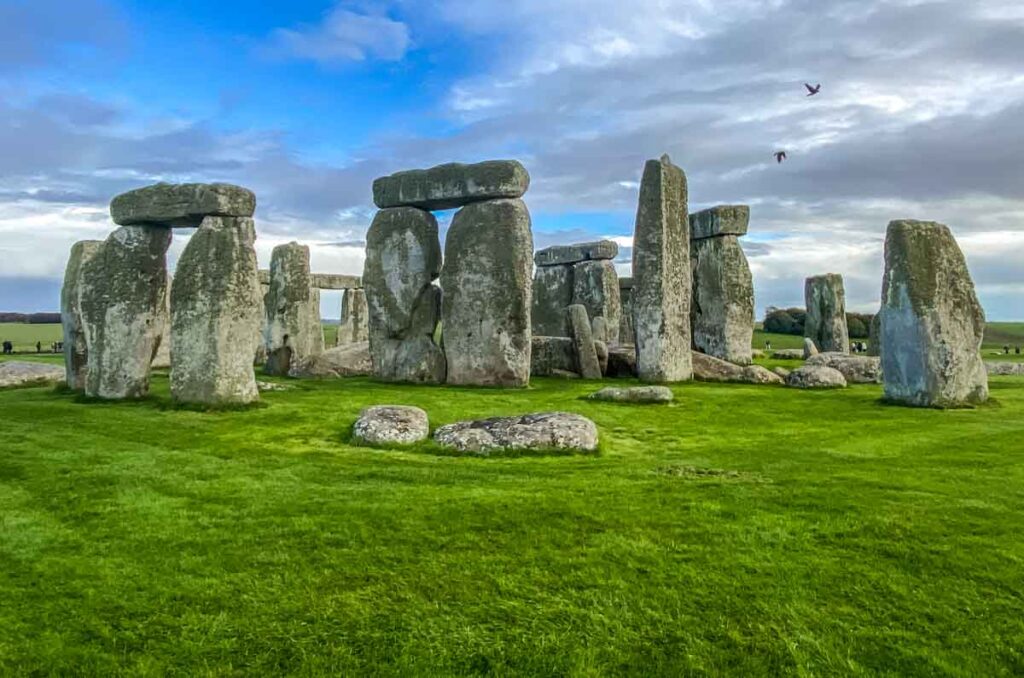
Legends about Stonehenge
There have been many Legends surrounding the meaning of Stonehenge.
One of them is that Merlin, the Wizard, moved Stonehenge from Ireland, where it had been built by giants, and moved to Wiltshire as a memorial to 3,000 noblemen killed in a Saxon battle. The noblemen were apparently buried at the site that Stonehenge stood at. The King wished to honour them and sent Merlin to Ireland with an army to collect the stones and bring them back as a memorial. Legend has it that even though they defeated the Irish army they were unable to move the stones so Merlin moved the stones with his magic.
Another is that the Devil built Stonehenge. He bought the stones from an old lady in Ireland and agreed a payment but before she could get the money the Devil magiced the stones to Wiltshire and she didn’t get her money. After moving the stones to Wiltshire he asked if anyone could guess the amount of rocks that there were and when a friar did guess he was angry and threw a rock at him and that is why the Heel Stone is away from the stones.
There is also a Legend that giants used to live at the site and suddenly one day, when they were dancing, they turned into rocks and these became Stonehenge.
Going to Stonehenge today
Stonehenge is open to the public and is owned by the crown and looked after by English Heritage. It attracts over a million visitors a year.
When it first opened to the public at the beginning of the century you could walk amongst the stones but time and weather has made the stones erode so the area has been roped off since 1997 and a path created a distance away from the stones.
The entry to Stonehenge is free if you are a member of English Heritage or The National Trust otherwise the entry fee is £23.60 for an adult or £14.50 for a child and there are family tickets available too. If you want to try the Stonehenge experience it would be £59 for an adult and £35 for a child. ( Prices as of 2023)
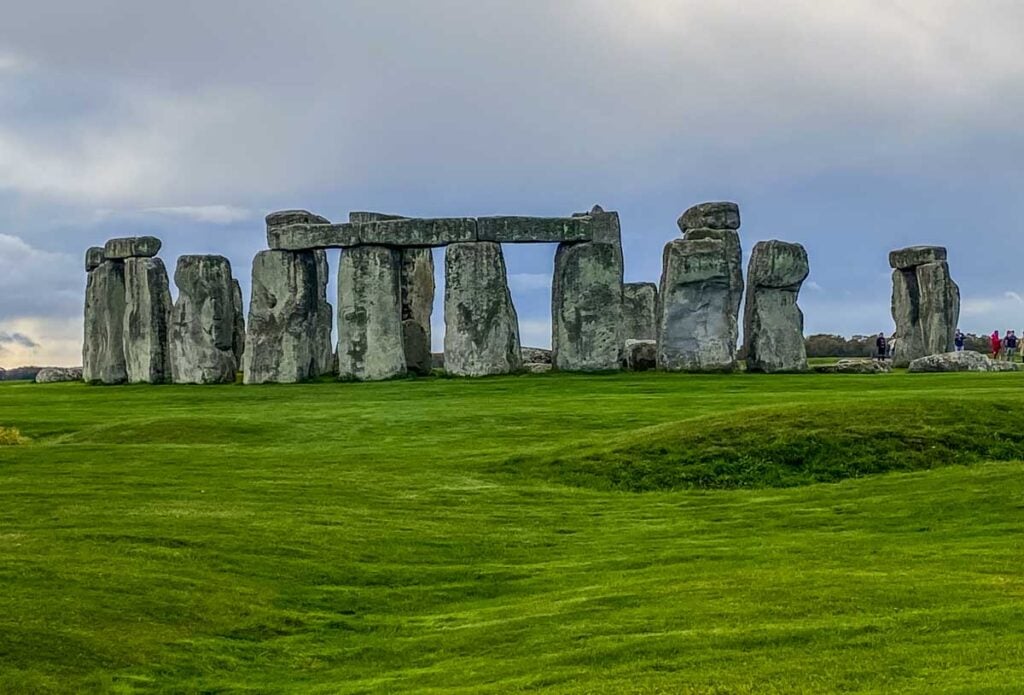
Stonehenge Exhibition
There’s a fantastic museum and exhibition at Stonehenge at the visitors centre. There are over 250 artifacts there and ancient human remains. There’s also a reconstruction of a man who was 5,500 years old. There are reconstructed huts outside and a reconstruction of how they think the stones were moved.

Once we had walked around we headed on back via the shuttle bus and went through the gift shop and got some postcards, a magnet and some models of Stonehenge to make when we got home.
Conclusion
Stonehenge is one of the most famous and remarkable landmarks in the world. It’s definitely something you should experience if you are able to. It’s a really magical place. It’s like no other thing you have ever experienced. It’s steeped in history and is just a magnificent feat of engineering for its time.
There is something for everyone and a lovely walk to the stones if you are able to or a very short bus ride if not. There are plenty of staff on hand to answer any questions that you have and a well stocked cafe and gift shop on site and a huge car park which is manned during busy periods.
Even though there were lots of people there when we visited we only had to queue for a very short time and were seen quickly and given all the information that we needed. The museum is a great place to start your visit with huge animated pictures of stonehenge showing you the sun setting and rising over stonehenge and the stages of development and Stonehenge now. There’s even a reconstructed Neolithic village outside the museum that you can walk into and around.

It’s a great day out for all and really well worth a visit. Stand and admire its magnificence and wonder at the mystical prowess of Stonehenge. Step back in time and discover the secrets of the stones and you can make up your own mind as to how and why it got there. “
You may also like:







